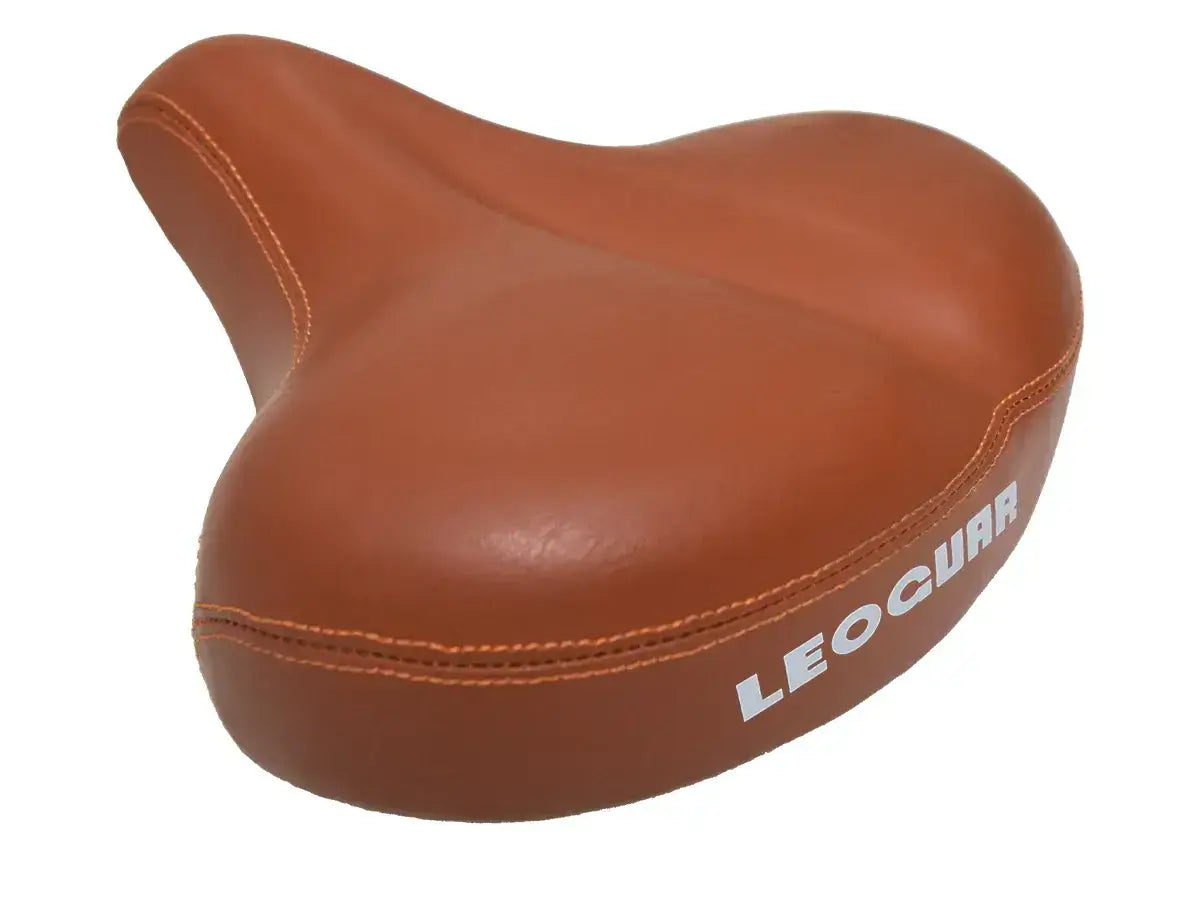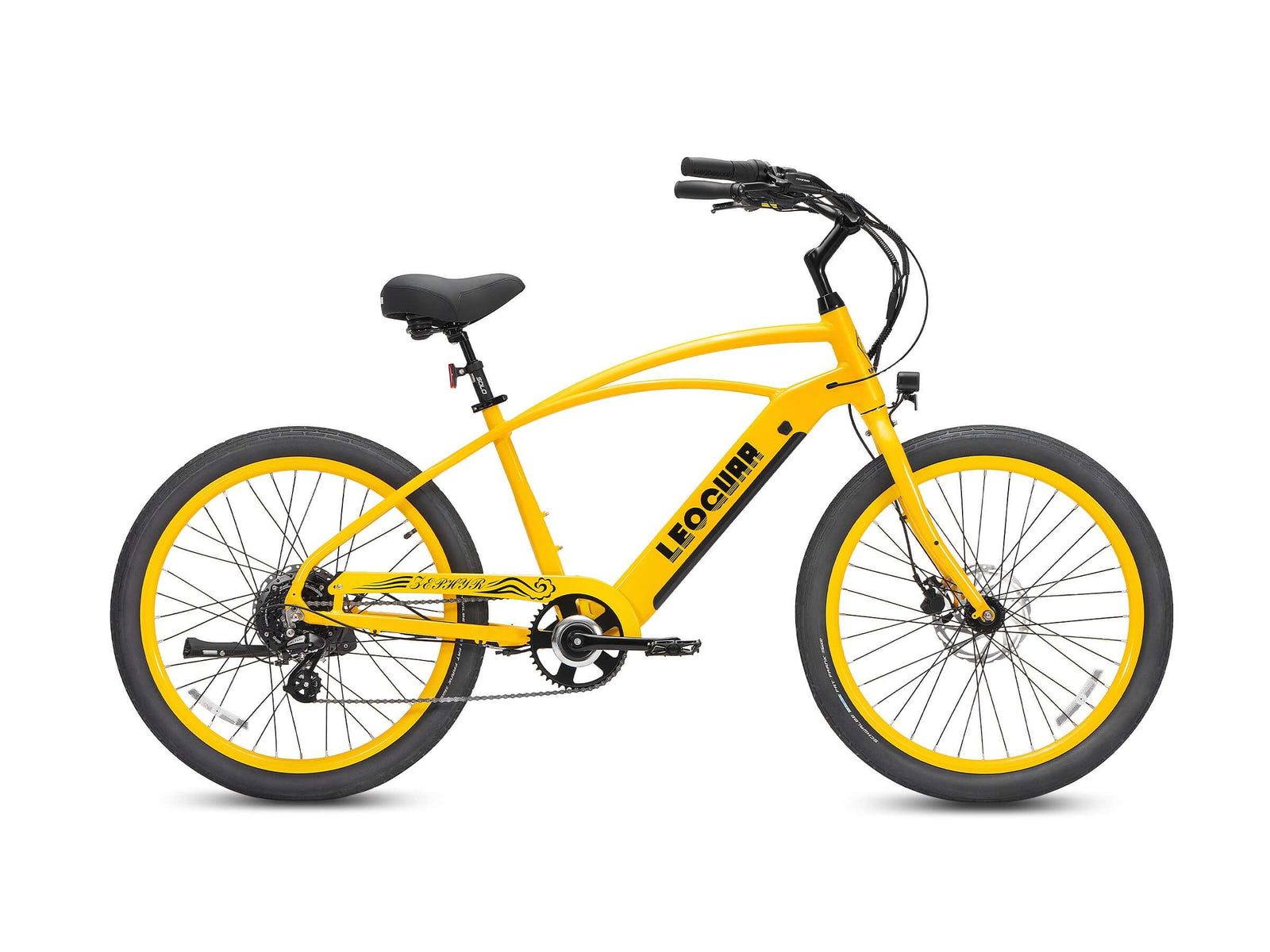
Why Wide Bike Seats Are Essential for Ultimate Comfort
Why Standard Seats Hurt
Every cyclist knows this story. You start a ride feeling excited, but soon you feel pressure, then pain, and finally your legs go numb. This pain happens because your bike seat doesn't fit your body right. The problem isn't that you're weak.
Most riders need a wider seat. Cycling should be fun, not painful. The answer is learning how you sit on a bike and finding a seat that fits your body. A wide bike seat can solve this problem for many riders.
How Saddle Pain Happens
Bike seats are meant to support your sit bones, not your whole bottom like a chair. Your sit bones are the two hard points at the bottom of your back end that touch when you sit down. Many bike seats are made for thin riders who race bikes.
When someone with wider sit bones uses a narrow seat, their bones hang off the sides. Your weight presses on the soft area between your sit bones instead of on your bones. This soft area has nerves and blood vessels in it. Too much pressure here causes the pain, numbness, and sharp feelings that make cycling hurt.
Think about sitting on a narrow fence rail - it hurts because all your weight pushes on one small spot. Now think about sitting on a wide bench - it feels good because your weight spreads out over a bigger area. Bike seats work the same way.
If your seat is too narrow, it's like a fence rail that hurts you.
How Wide Seats Help
A wide bike seat fixes the main problem by supporting your sit bones properly. When your sit bones rest on the seat, your weight doesn't press on the soft tissue anymore. This simple change makes riding much more comfortable.
Good support means less pressure on nerves and blood vessels. This stops the numbness and deep pain that can ruin your ride. Wide bike seats work great for people who ride to work, ride for fun, and heavier riders.
A bike seat for fat people isn't just about more padding - it's about the right support. Seat widths range from 130mm for racers to over 200mm for comfort seats. One size doesn't work for everyone. The goal is finding the right size for you.
Standard narrow seats put weight on soft tissue and leave sit bones hanging over the sides. This causes nerve pressure that leads to numbness and pain. Wide seats that fit right support your weight with your bones and take pressure off soft tissue. This gives you better stability and comfort for long rides.
Finding Your Perfect Fit
The best thing you can do is measure your sit bone width at home. This measurement will help you buy the right seat instead of just guessing. You'll need cardboard or aluminum foil and a soft but firm surface like a carpeted step.
Put your material on a firm, flat chair or low step.
-
Sit down on the material, then lean forward a little like you do when riding. This presses your sit bones into the surface better. Lift your feet for a moment so all your weight presses down.
-
Stand up carefully and look for two dents in the cardboard or foil.
-
Measure the distance between the center of the two dents in millimeters. This number is your sit bone width.
Once you have your measurement, you can find the right seat width. The perfect width isn't just your sit bone measurement - it also depends on how you sit when riding. The more upright you sit, the more extra width you need.
Add extra millimeters to your sit bone measurement based on how you ride.
| Riding Posture | Recommended Added Width | Example (135mm Sit Bones) |
|---|---|---|
| Aggressive/Racing (Leaned far forward, ~30° angle) | Add 0-10mm | 135-145mm Saddle |
| Moderate/Fitness (Slight lean, ~45-60° angle) | Add 10-20mm | 145-155mm Saddle |
| Upright/Cruiser (Relaxed, ~90° angle) | Add 20-30mm+ | 155mm+ Saddle |
This method removes guesswork and helps you get a wide bike seat that really supports you.
Other Important Features
Width matters most, but other parts of the seat design also help with comfort. Don't just focus on width when choosing a wide bike seat. Think about these other features too.
Types of Padding
Padding reduces pressure and absorbs bumps, but the material makes a difference.
Memory foam shapes to your body and gives personal pressure relief. High-density memory foam supports you without feeling too soft. Gel padding absorbs road bumps and impacts really well. It works great for rough roads. Some gel can feel hard when cold or might shift over time. Many good seats use both foam and gel together.
Dual-spring systems have coil springs under the back of the seat. They work like simple shock absorbers and soak up big bumps from holes or rough roads. These work great for relaxed, upright riding.
Seat Shape Matters
The overall shape of your seat is just as important as width and padding.
Central cutouts are channels or holes in the middle of many wide bike seats. This design relieves pressure on the soft area between your sit bones and protects the nerves and blood vessels there. If you still get numb even with a wider seat, a model with a big cutout might be the answer.
Noseless designs completely remove the front part of the seat for riders with serious sensitivity problems. These seats put all support at the back and remove any chance of pressure on soft tissue. They give amazing relief, but they can change how you steer since many riders use their inner thighs against the front of normal seats for control.
You might need time to get used to the new feel.
What to Expect
Switching to a properly fitted wide bike seat often amazes people. The first ride can be an "aha" moment where you realize cycling doesn't have to hurt. Many riders go from hating long trips to planning all-day rides.
The difference is that big. Give yourself a few rides to get used to your new seat. Even the perfect seat can feel different at first. Your body might need time to adjust to the new support points. Don't be afraid to make small changes to how the seat tilts and where it sits front to back. Tilting the nose down slightly often gives more relief.
Most wide bike seats come with parts that fit standard seat posts. If you have a simple post, you might need a cheap adapter that you can buy anywhere. Follow the instructions to make sure it fits securely. The time you spend getting it right pays off with every comfortable mile you ride.
Our Top Seat Picks
The market has many choices, which can feel overwhelming. We've picked a few great wide bike seats for different needs based on experience and user reviews. These seats work well for different types of riders.
1. The All-Around Comfort Cruiser: YLG Oversized Comfort Bike Seat
Best for casual cruisers, exercise bikes, and heavier riders who want maximum cushioning. Key features include extra-wide design, thick foam and gel padding, dual-spring system, waterproof cover, and universal adapter. This is the "sofa" of bike seats that puts comfort first.
The springs and thick padding smooth out road bumps, making it perfect for relaxed, upright riding. It's a top choice for anyone wanting to make their cruiser or e-bike super comfortable.
2. The Problem-Solver: BLUEWIND Noseless Oversized Bike Seat
Best for riders with ongoing numbness or pain who haven't found relief with regular seats. Key features include noseless design, wide support area, thick padding, and universal fit. For people who need a radical solution, the noseless design works.
It completely removes pressure from sensitive areas, making it a real problem-solver. It works great on exercise bikes where steering isn't critical, but it's also good for road and e-bike riders willing to adapt to a new feel for total comfort.
3. The Performance Comfort Seat: DAWAY C40 Oversized Comfort Saddle
Best for fitness riders, commuters, and e-bike users who want both support and efficient pedaling. Key features include ergonomic shape with narrower nose, central relief channel, high-density memory foam, and breathable, tough surface. The DAWAY C40 finds an excellent balance.
It's wide enough in back to support your sit bones but has a tapered nose that won't interfere with your legs during harder pedaling. The central cutout is key for long-distance comfort, making this a versatile choice for riders who cycle for both fun and fitness.
Ride in Comfort
Cycling should be about freedom, fitness, and fun - not dealing with pain. If you've been fighting with seat soreness, remember that the problem is almost certainly a mismatch between your body and your equipment, not something wrong with you. Understanding the importance of supporting your sit bones gives you the power to solve the problem.
Take time to measure your sit bone width - it's the most important step you can take. From there, you can choose a wide bike seat that fits your body and matches your riding style with the right cushioning and shape. Don't let an uncomfortable seat keep you off your bike.
Buying a high-quality, properly sized wide bike seat is an investment in your health, happiness, and continued love for cycling. Choose comfort and rediscover the joy of pain-free riding.
Frequently Asked Questions
Q: How do I know if I need a wide bike seat?
A: If you experience numbness, pressure, or pain in your sit bones or soft tissue area during or after rides, you likely need a wider seat. The main sign is when your sit bones hang off the edges of your current seat, forcing your weight onto soft tissue instead of bone.
Q: Will a wide bike seat make me slower when cycling?
A: A properly fitted wide bike seat won't make you slower and may actually improve your performance by reducing pain and allowing you to focus on pedaling. The key is choosing the right width for your riding style - more aggressive positions need less extra width than upright riding positions.
Q: How long does it take to get used to a new wide bike seat?
A: Most riders adjust to a new wide bike seat within 3-5 rides, though it can take up to two weeks for your body to fully adapt. Even the perfect seat may feel different at first since your body needs time to adjust to new support points.
Q: Can I use a wide bike seat on any type of bicycle?
A: Yes, most wide bike seats come with universal mounting systems that fit standard dual-rail seat posts found on most bicycles. If you have a different post type, you may need an inexpensive adapter, but wide seats work on road bikes, mountain bikes, cruisers, and e-bikes.
Q: What's the difference between a bike seat for fat people and a regular wide bike seat?
A: A bike seat for fat people typically offers more width, extra padding, and stronger construction to support higher weight limits, but the fundamental principle is the same - proper sit bone support. The main difference is usually increased surface area and enhanced cushioning materials rather than completely different design principles.









































Leave a comment